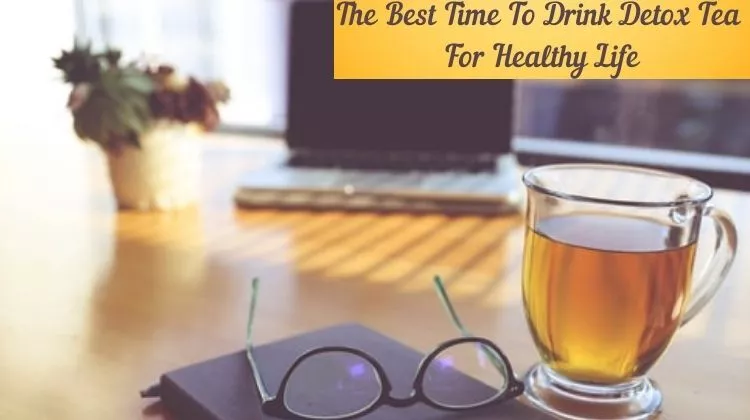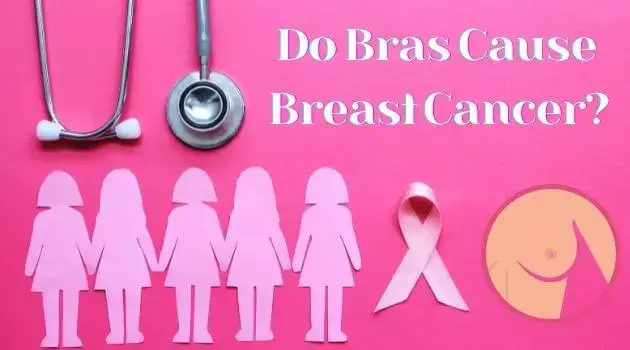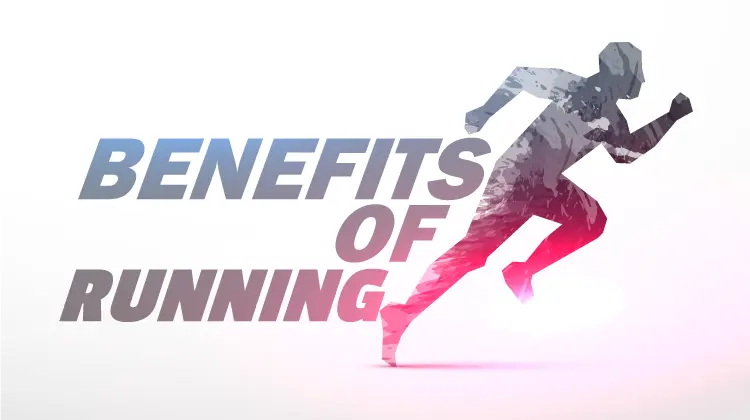Rashes Under The Breasts, Causes, Tips, And Treatment
Rashes under the breasts or on the boobs can result from skin irritation or an allergic reaction. Many other factors can also be the reason for infections and skin conditions, such as eczema and psoriasis. You can observe many people complaining about breast issues, which is an uncomfortable, unsightly, and malodorous rash, also called intertrigo.
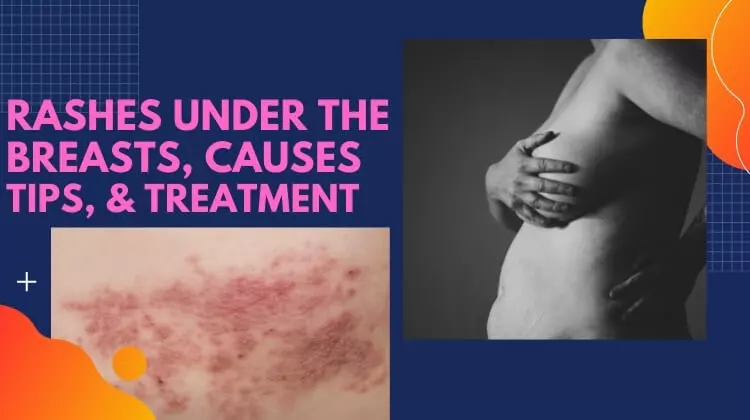
A skin rash usually causes inflammation under your breast or busts, between skin folds. This common condition can occur throughout life. You can get rid of it if you find a way to keep the affected areas as clean and dry as possible. There are different types of rash under boobs and have other treatment options.
Always try to wear loose-fitting clothing and use powder to reduce skin friction in affected areas. If you are heavyweight, then weight loss can be helpful as well. Besides this, sometimes a bacterial and fungal infection can develop at the site of your intertrigo, and for this, you have to take medicine to heal your skin.
causes of rashes under the breasts
Several things can cause rashes under your breast. There are some categories of skin rashes, such as infections, allergies, and cancer. Moisture, Heat, and lack of air circulating friction between skin folds can lead to a red or reddish-brown rash, and raw, itchy, or weeping skin with a smell.
Cracked skin can cause pain anywhere on the body where skin rubs against skin, such as between the thighs on the underside of the belly, and the armpit. A warm, moist environment also enhances infection by either yeast, fungus, or bacteria, causing swelling, sores, and blisters.
Different types of rashes under the busts

Skin folds and Treatment
A common type of rashes under the breasts is intertrigo, inflammation of your skin where it folds. When your two skin surfaces rub together, moisture, combined with Heat, or a lack of air circulation, can lead to rashes. Furthermore, the skin fold rash under the bust can cause itching, burning, pain, and stinging. If you can not treat the inflammation, it can lead to open wounds and infection.
A common type of rashes under the breasts is intertrigo, inflammation of your skin where it folds. When your two skin surfaces rub together, moisture, combined with Heat, or a lack of air circulation, can lead to rashes. Furthermore, the skin fold rash under the bust can cause itching, burning, pain, and stinging. If you can not treat the inflammation, it can lead to open wounds and infection.
Treatment for skin fold rashes
Treatment for skin fold rashes typically includes keeping the affected area clean and dry and using topical medications such as antifungal creams or ointments. In severe cases, a topical or oral antibiotic may be prescribed. It’s important to consult with a healthcare professional for an accurate diagnosis and proper treatment plan.
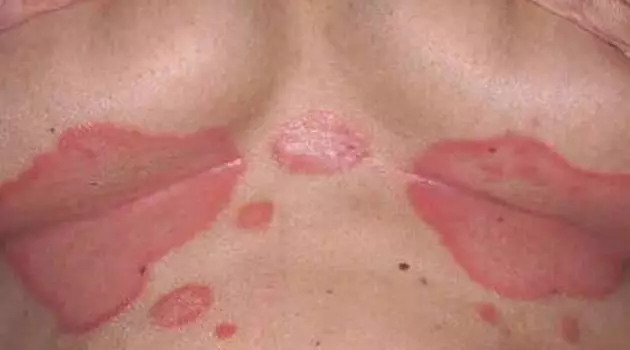
Psoriasis
Another type of red rash under your breasts is psoriasis. Like eczema, psoriasis is a chronic inflammatory skin disease. It makes a sudden buildup of rough, scaly skin with thick-like patches that are red, itchy, and sometimes painful. Psoriasis flare-ups can happen out of the blue and then subside. For some people, psoriasis is a nuisance. For others, it can be disabling, affecting areas of skin for long periods and often occurring with a distinct type of arthritis.
Another type of red rash under your breasts is psoriasis. Like eczema, psoriasis is a chronic inflammatory skin disease. It makes a sudden buildup of rough, scaly skin with thick-like patches that are red, itchy, and sometimes painful. Psoriasis flare-ups can happen out of the blue and then subside. For some people, psoriasis is a nuisance. For others, it can be disabling, affecting areas of skin for long periods and often occurring with a distinct type of arthritis.

Heat Rashes
Heat rash, also called miliaria, starts when your sweat glands become blocked. Your sweat can not be expelled through the pores, causing inflammation and a rash. Heat rashes under the breasts are caused by improper sweat gland function, which can happen due to environmental Heat or humidity. It comes when the sweat glands are blocked and sweat leaks into the surrounding skin tissues.

Breast Eczema
It is another type that usually occurs in different areas. When you have a heat rash, that is generally treated with lotions with boric acid, calamine, or menthol ingredients. Cool the affected area with a wet compress and remain to dry. Frequently taking showers to help unblock the sweat ducts. Eczema is a chronic skin disease that commonly causes dry rashes on the face and neck. Sometimes, it pops up around your boobs, under or between the breasts. Allergic reactions and asthma are also sometimes connected with eczema outbreaks.
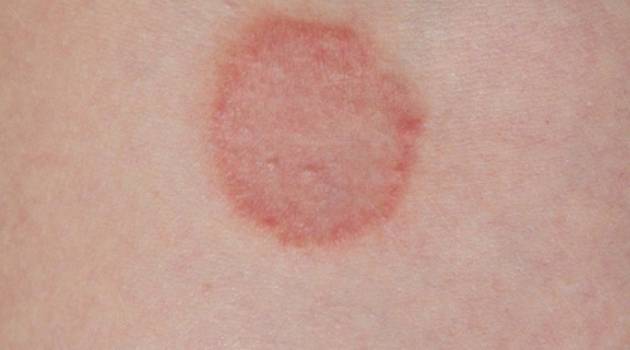
Breasts Infection
The bust is warm, moist skin under the breasts is an ideal reproduction ground for bacterial, fungal, and yeast infections. These gems cause several types of skin problems such as:

Inverse psoriasis
Inverse psoriasis is a diminutive form of psoriasis; it is a chronic disease of the immune system. It’s characterized by smooth, red patches of skin in the body’s folds. This condition is often seen under the boobs, the armpits, and the groin area.
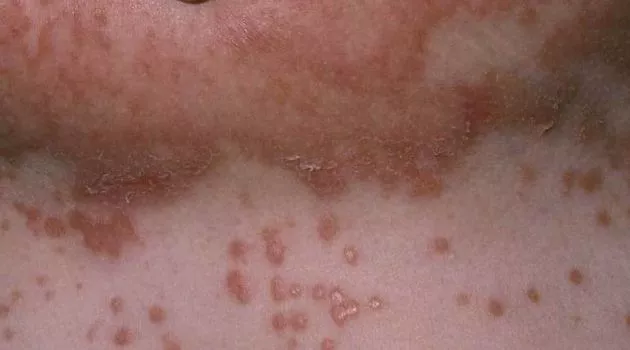
Candidiasis
Candidiasis occurs by the yeasts, or fungi, that cause vaginal yeast infections and diaper rash. These fungal infections often happen in babies, people with illnesses that affect their immune systems, and people who are taking antibiotics. Candida yeasts increase in the moist, warm environment under the busts. They cause rashes that often develop uncomfortable blisters and small cracks.

Hyperhidrosis
In this condition, your body’s sweat glands produce more sweat than is needed to cool the body. A person has between two and four million sweats up to a quart of fluid per day. All that sweat is called germs that cause infections.

Ringworm
It is not a worm; it is one type of fungal infection. Fungi are single-cell microscopic organisms in the air, soil, water, animals, and people. Some fungi that cause ringworm and related skin conditions, such as jock itch and athlete of the foot, are parasites. This protein makes up your nails, skin, and hair. Ringworm is caused by round, red patches of skin with a distinctive red ring.
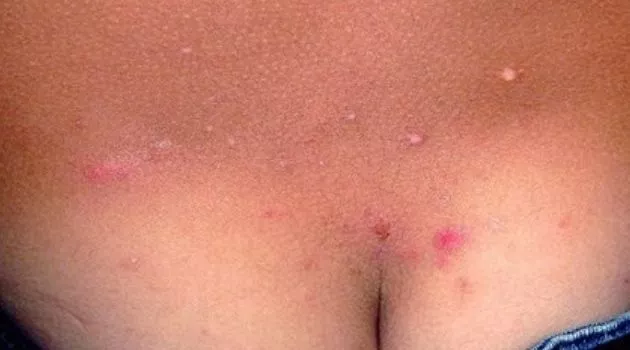
Scabies
Scabies are another type of skin rash that occurs when parasitic mites burrow into the skin. The cause is an itchy rash of tiny red spots. This itching gets worse at night. The skin receives rashes between the fingers and toes.

Hailey-Hailey disease
Hailey-Hailey by a persistent, blistering rash found in these other areas besides the breasts. The rash comes and goes spontaneously. The skin can become inflexible and dry and may develop painful cracks.
Tips for Relief:
Keep the area as clean and dry as possible when you dry your skin gently but thoroughly after bathing. Do not wear wet clothing for a long time. Also, avoid tight dresses, and choose the correct bra size. Use a cotton or linen cloth between your folds skin.
If possible, use air conditioning in hot weather. Wear bras that are specific for sensitive skin. Such as cotton bras for sensitive skin. Do not use rubberized elastic bands; wear breathable clothing that allows the skin to breathe and wicks away moisture. So you can keep away from rashes under the breasts.
How are under-breast rashes treated?
Some simple steps to reduce your risk of getting intertrigo and stop irritation from worsening.
1. You should wash your breasts morning and night with gentle soap. You can also ask your doctor about this. There are ways to prevent skin fold rashes, including weight loss; if the rashes under the breasts are related to diabetes, then control glucose and good daily hygiene.
Treatment options also include using a drying agent to decrease moisture in the area, with antifungal creams or ointments to lessen the presence of microorganisms.
2. Dry your breasts’ skin properly after washing, dry with a clean, soft towel, or try using a hairdryer in a relaxed setting which is very effective, especially if you have saggy breasts. You can treat your saggy bust by knowing saggy boob’s causes and treatments.
3. If you lose weight, it can also be helpful to reduce the areas where skin can rub against the skin. Some soaps or cosmetics produce an allergic reaction, and particular types of clothing material, or friction from a bra and clothing to prescribe a topical ointment. The rash is often gone or at least managed without any significant health risk.
4. You should wear well-fitting, supportive cotton bras which can trap moisture. If the skin is damaged, try changing your bra daily or using cotton dressings.
5. Eczema of the nipple can occur in some breastfeeding women, as the nipples get irritated by the baby’s mouth and trapped moisture. You should consult with a doctor or specialists for treatments in breastfeeding; women can not be the same as women who are not breastfeeding.
6. Rashes from a viral infection such as chickenpox, shingles, or measles should be treated as the source of the problem and not as a skin disorder. It would include bed rest, pain relievers, and keeping control. The best treatment is to cool off.
7. It would help if you prevented heat rash with breathable clothing and wore lightweight clothing, especially in hot and humid temperatures. Heat rashes can also start from excessive sweating. Steroid creams and gels are the first lines of relief for inverse psoriasis.
8. You can use antifungal creams to treat candidiasis. If the infection is widespread, your doctor prescribes antifungal medications to take by mouth, which is essential to keep your skin dry.
9. Hailey-Hailey is often treated with corticosteroid cream and antibiotics. More cases can be treated with antibiotics, photodynamic light therapy, or laser therapy. If you have Hailey-Hailey disease will advise you to avoid situations that make you sweat, such as not wearing clothing that is not breathable and not going to too much hot weather.



